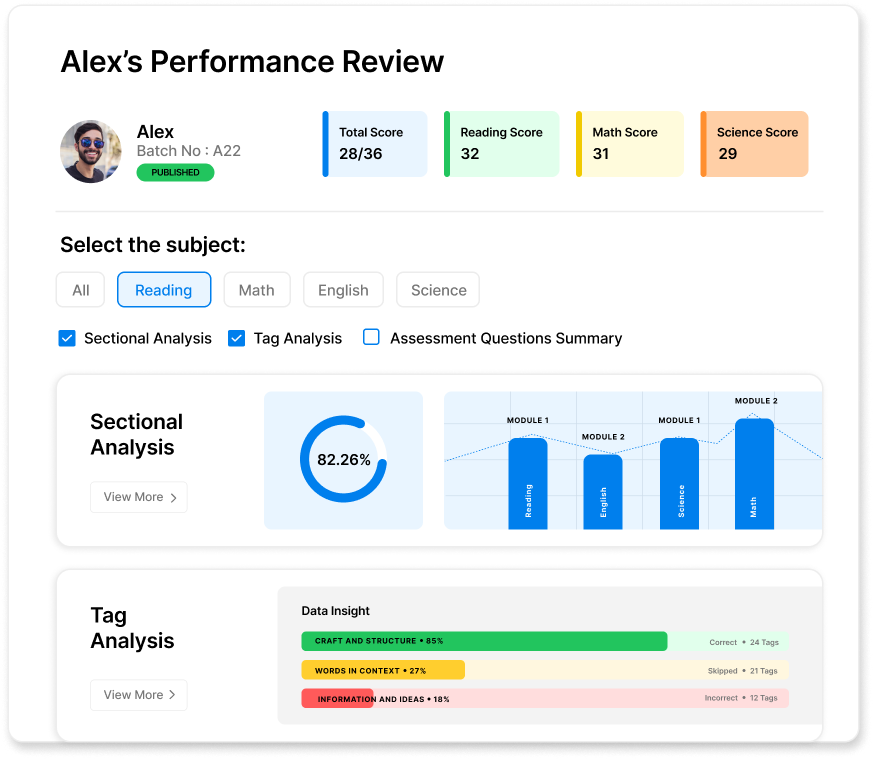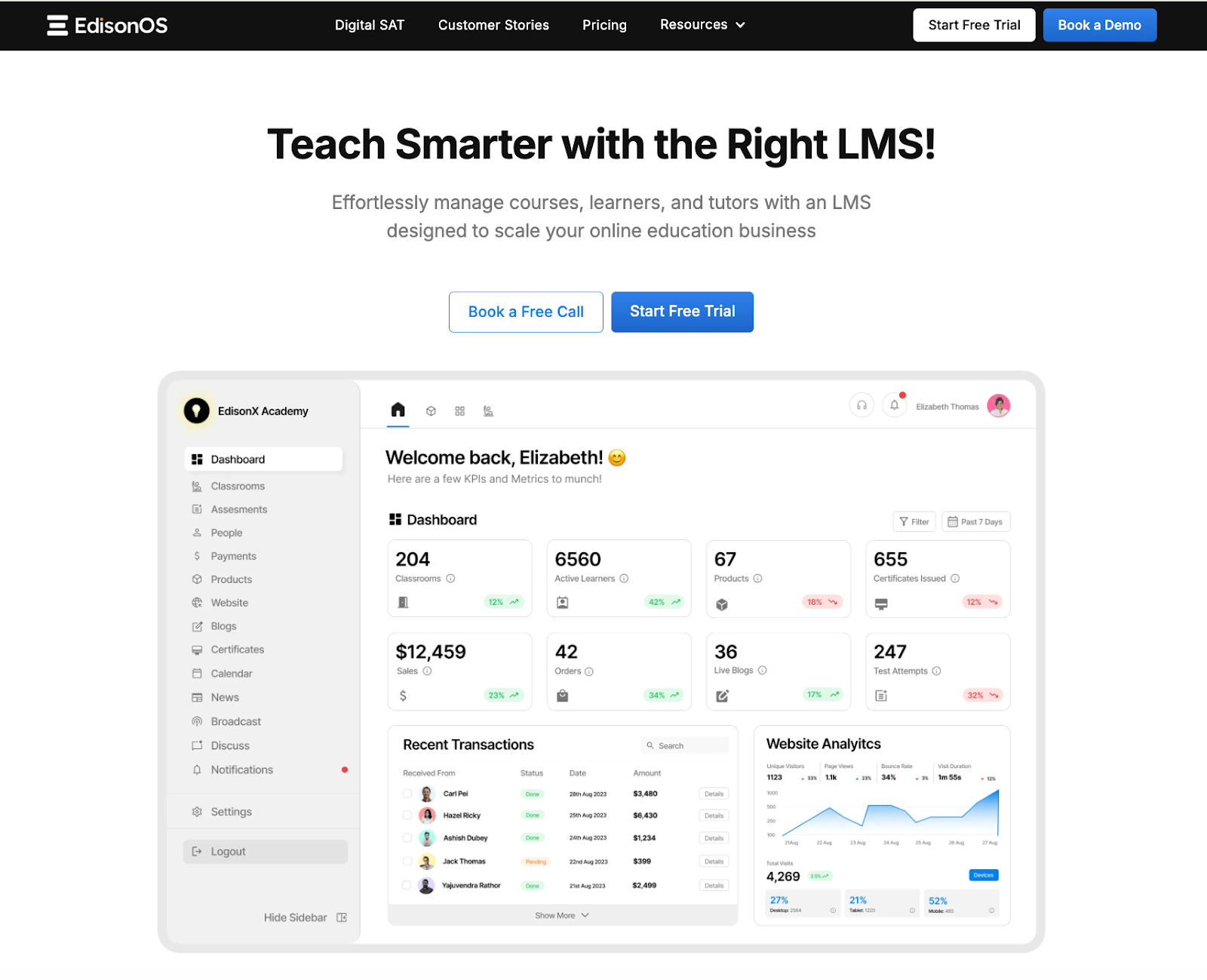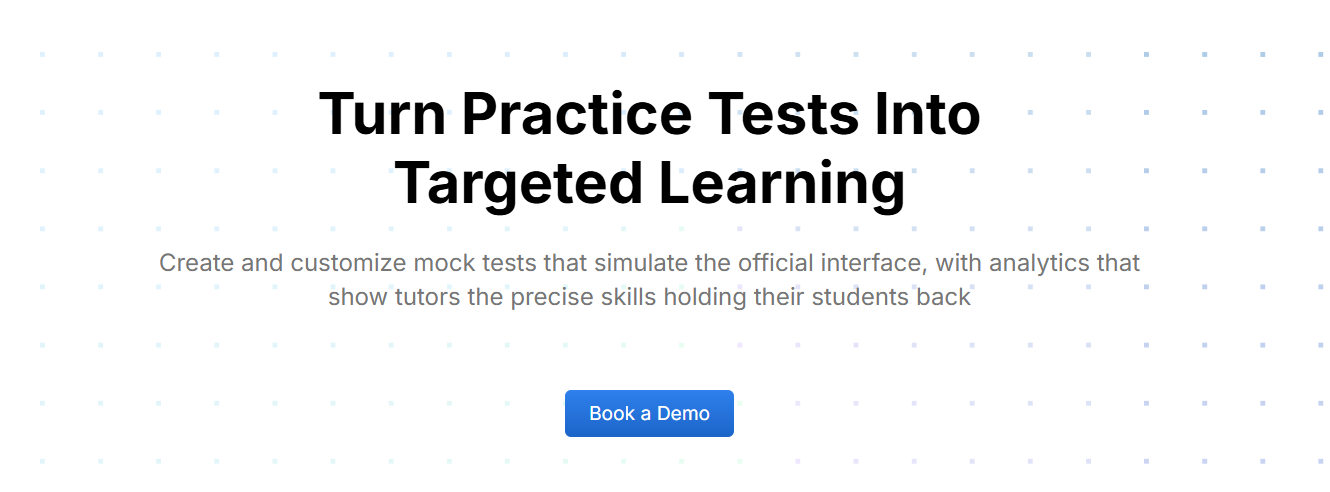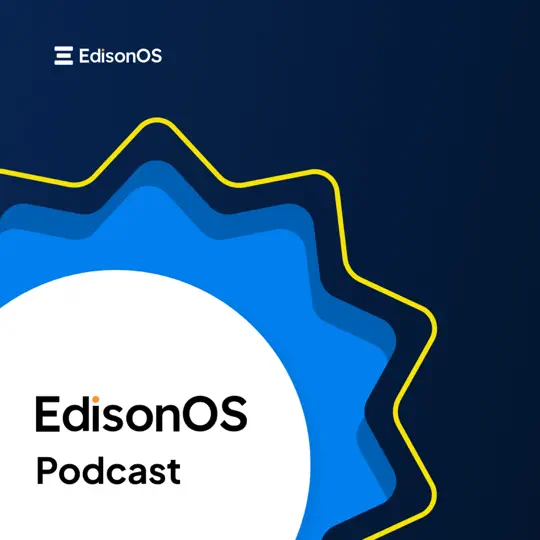




Key Takeaways
- Early Decision (ED) is binding: if you are accepted, you must enroll.
- Early Action (EA) is nonbinding: you can apply early but choose later.
- ED can slightly improve odds at some schools, but it limits financial flexibility.
Applying to college early can be exciting—it feels like you are getting a head start on your future. Many students believe applying early means better chances, less waiting, and more peace of mind. But what is often overlooked is that there are different kinds of early admissions, and each comes with its own rules and risks.
There are two main options—Early Action (EA) and Early Decision (ED). Both of these sound similar, but they function very differently. One gives you flexibility, and the other demands commitment. One lets you compare financial aid offers, while the other locks in your choice if accepted.
Before choosing which path to take, you need to understand how each works, the kind of student it suits, and how your goals and finances fit into the picture. Once you grasp these details, you can make a confident, informed choice—not just a fast one. This article will help you understand just that. Read ahead.
Definitions & Core Differences
Colleges use early admission programs to identify students who are proactive, committed, and ready to make a decision ahead of the crowd. But the key difference between Early Decision (ED) and Early Action (EA) lies in what happens after you are accepted. One plan binds you to your dream school; the other gives you room to breathe, compare offers, and take your time. Here is how each one works:
What Is Early Decision (ED)?
Early Decision is a binding agreement between the student and the college. If you are accepted, you are required to attend and withdraw all other applications.
Here are some important points to keep in mind:
- You can apply ED to only one school.
- Deadlines usually fall around November 1 (ED I) or January (ED II)*
- Because you commit early, you lose the ability to compare multiple financial aid offers—making it best suited for students who are 100% sure of their first choice and confident about affordability.
*ED I vs. ED II
Early Decision (ED): It is a binding agreement where you commit to attend a college if accepted. It has an earlier deadline, often in November, and requires you to withdraw all other applications.
Early Decision II (EDII): A binding agreement, but with a later deadline than ED, also in early November or December. This offers a second chance to apply to a school you are committed to attending, giving you more time to prepare your application.
What Is Early Action (EA)?
Early Action is a nonbinding admission plan. You can apply to multiple schools early and still wait until May 1 to decide.
Below are some key points that you need to know:
- Early Action deadlines typically range from October 15 to November 1.
- Results are released by December or January.
- You can compare financial aid packages from different colleges before making the final choice and committing.
- Some colleges offer Restrictive or Single-Choice Early Action (REA/SCEA)—a middle ground where you can only apply early to that one school, but it remains nonbinding.
Pros & cons of EA vs ED
Applying early has clear advantages—but also trade-offs in flexibility, financial aid, and preparation time. Here is a clear breakdown of Early Action and Early Decision pros and cons to help you choose wisely.
Advantages of Early Decision
- Stronger interest signal: Colleges value commitment. ED often boosts your “demonstrated interest,” which can slightly increase acceptance chances at selective schools.
- Early results: You will know your college fate by December, and you will not have to wait for months.
- Less stress later: Getting in early frees up your senior spring for scholarships and academics.
Disadvantages of Early Decision
- Binding commitment: You must attend if you are accepted—even if other schools might offer better aid.
- Limited comparison: Since you commit before seeing multiple offers, it is riskier for families that need to weigh costs.
- High readiness required: You will need strong grades, test scores, and essays ready by fall.
Advantages of Early Action
- Flexibility: You can apply early but decide later.
- Multiple applications allowed: Most EA schools let you apply to several colleges early.
- Financial clarity: You can compare offers before deciding.
- Peace of mind: Early results reduce pressure while keeping the doors open.
Disadvantages of Early Action
- No guaranteed advantage: Some colleges admit roughly the same percentage in EA as in regular rounds.
- Early deadlines: You will still need essays, test scores, and recommendations finalized months ahead.
- Possible deferral: Strong but not top-tier applicants may be deferred to the regular pool.
Comparison table: Early Action vs Early Decision
Here is a quick look at the key differences between EA and ED, which will help you understand the pros and cons associated with each of them:
Variants & special terms
Not all early application plans fit neatly into the ED or EA box. Many top colleges offer hybrid or variant plans that tweak the rules slightly. Understanding these versions helps you avoid confusion when you are browsing deadlines or school websites.
- Restrictive Early Action (REA/SCEA): This means nonbinding but exclusive—you cannot apply early anywhere else. It is usually offered by schools like Harvard, Stanford, and Yale.
- Early Decision II (ED II): Same binding rule, but with a later deadline (January). It is great for students who finalize their dream school after fall.
- Deferred Decision: If not accepted early, your application rolls into the regular pool for another review.
EA & ED timeline & key deadlines
Most early application deadlines—both EA and ED—fall in November, with a few stretching into December. Decisions are usually released by December or January, giving students clarity much earlier than regular admissions.
If you are accepted under Early Action, you have until May 1 (the national decision deadline) to make your final choice. Early Decision, however, is binding—once accepted, you’re committed. To stay organized, keep a clear timeline of your test dates, essays, recommendation requests, and transcript submissions so nothing slips through the cracks.
Here are some top U.S. colleges that provide EA and ED, along with their timelines:
Note: Always confirm dates on each college’s official admissions page, as they can change slightly every year.
How to Decide Between EA vs ED
Choosing between EA and ED depends upon fit, finances, and confidence.
If you have one clear top-choice college, have researched it thoroughly, and can afford it regardless of aid comparisons, ED might be the right choice. It signals a strong commitment and can slightly improve your odds at highly selective schools. But it also limits flexibility—once accepted, your decision is final.
If you prefer to explore several options, compare scholarship offers, or are still improving your grades or test scores, EA gives you breathing room. It provides early results without a binding contract. EA is often ideal for students who want a head start but still value the ability to make an informed choice later.
For students still strengthening their academic profiles, Regular Decision or ED II can be smarter. It allows time to raise scores, complete stronger essays, and submit an improved application without the pressure of early deadlines.
Ask yourself:
- Is this my absolute top-choice school? → Choose ED
- Do I want to compare offers before committing? → Choose EA
- Do I need more time to raise test scores or GPA? → Wait for Regular Decision
If you are uncertain about affordability, EA offers a safer route. Students relying on financial aid should avoid ED unless the school guarantees need-based packages that fit.
Sample Scenarios
Here are some real-life examples that will help you understand the differences better and make you choose wisely:
- Student A (The Confident Planner): Maya has dreamed of attending Brown University for years. Her GPA, SAT score, and extracurricular profile all match Brown’s median range. Her family is comfortable with the tuition cost. She applies ED I to Brown and gets her result by December—freeing up the rest of her senior year.
- Student B (The Strategic Explorer): Aiden wants to apply to Duke, Emory, and Tufts, but also needs to compare financial aid packages. He applies EA to all three and receives decisions by January. After comparing aid, he chooses the best fit and applies Regular Decision elsewhere as backup.
- Student C (The Late Bloomer): Sara’s GPA jumped significantly in her first term of senior year, and she plans to retake the SAT. She waits until ED II or Regular Decision deadlines in January, giving herself time to show stronger results.
- Student D (The Uncertain Applicant): Rohan is not sure about his dream college yet, but knows his strengths lie outside of test-taking. He applies EA to schools with holistic admissions and test-optional policies to keep his options open.
How EdisonOS Helps with Early Application Strategy
EdisonOS provides a robust ecosystem that effectively supports students pursuing an early application strategy by integrating preparation, planning, analytics, and communication tools into one education platform. The following are the key EdisonOS features that specifically help students prepare early and strategically for college applications:
1. Academic prep
- Practice exams and mock tests simulate official SAT, ACT, and AP tests to track improvement early.
- Smart analytics give instant feedback on weak areas and time management to fine-tune your study plan.
- Adaptive learning helps adjust difficulty based on performance to give each student a personalized plan.

2. Progress tracking and organization
- Student dashboard tracks coursework, grades, attendance, and test improvements all in one place.
- Application milestone tracker helps you stay on top of early deadlines with automated alerts for paperwork, essays, and tests.
- Centralized data makes it easy to access transcripts and academic records quickly to support college applications.

3. Mentorship and communication
- Scheduler for counselors helps book essay reviews, mock interviews, and strategy sessions easily.
- Mentor dashboards give counselors insights into each student’s readiness and test scores to offer timely advice.
- Built-in messaging and notifications keep students, parents, and advisors in sync about important updates.

5. Motivation and collaboration
- Gamified learning, like earning badges and rewards for completing prep milestones, helps stay motivated.
- Peer interaction boards help collaborate with others by applying early to share strategies and resources.
6. Always accessible
- Mobile-friendly interface helps study, schedule, and review feedback anytime, anywhere.
- Cloud platform automatically syncs learning progress and files safely for remote use.
With EdisonOS, both tutors and students get the structure, feedback, and preparation needed to strategically apply early and not rely on assumptions or luck.
The bottom line
Early Action and Early Decision are not shortcuts, but strategies. The real advantage lies in knowing which one suits you best. If you are sure about your dream college and ready to commit, ED can strengthen your chances and reduce stress. If you want options and flexibility, EA gives you the same head start without the binding promise.
For many students, success is not about applying early—it is about applying right. Matching your academic readiness, financial needs, and personal goals is what truly drives results.
Use tools like EdisonOS to assess where you stand, identify if you are ready for early deadlines, and prepare efficiently. Early applications can open doors, but informed preparation is what gets you through them.
Book a demo with EdisonOS today.

Frequently Asked Questions about Early Action (EA) and Early Decision (ED)
1. Can I apply EA and ED at the same time?
Yes—if your EA schools allow it. You can apply to one school through ED and several others through EA, unless your ED or EA plan is “restrictive.” Always read each school’s early application policy carefully.
2.What happens if my ED school does not give enough financial aid?
You can appeal or request to be released from the ED commitment. Most schools allow this if the financial aid package does not meet your demonstrated need.
3. Can I be released from an ED commitment?
Yes, but only for serious circumstances like family relocation, health issues, or major financial hardship. Communicate openly with the college’s admissions office regarding the same.
4. What is restrictive early action?
REA or Single-Choice EA is a nonbinding plan where you can only apply early to that one school—common at institutions like Harvard, Stanford, and Yale. You can still apply to other schools during RD (Regular Decision).
5. Are acceptance rates higher under ED or EA?
Often, yes—especially ED, since it signals a strong interest. But remember, early pools are competitive and filled with highly prepared students, so readiness matters as much as timing.
6. Should I choose EA or ED if my test scores are still improving?
Probably not. Submit your best possible profile, not just your earliest one. Waiting for ED II or Regular Decision may result in stronger overall applications.
Tutors Edge by EdisonOS
in our newsletter, curated to help tutors stay ahead!
Tutors Edge by EdisonOS
Get Exclusive test insights and updates in our newsletter, curated to help tutors stay ahead!










.png)
.webp)
